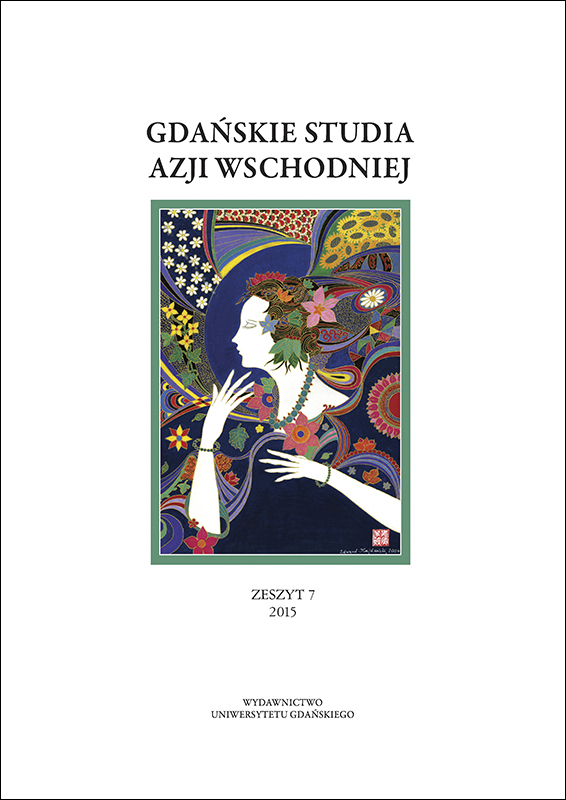Dzieje haftu na Jedwabnym Szlaku
The history of embroidery on the Silk Road
Author(s): Aleksandra KajdańskaSubject(s): History, Anthropology, Social Sciences, Fine Arts / Performing Arts, Cultural history, Economic history
Published by: Wydawnictwo Uniwersytetu Jagiellońskiego
Keywords: the Silk Road; history of embroidery
Summary/Abstract: Embroidery was invented in China more than 3000 years ago. The earliest record on the role of embroidery in the court dress was found in the Chinese classic texts of Western Zhou (1077–730 B.C.). And the oldest fragments of embroidered Chinese export silks were discovered before the Second World War at the foot of Altay Mountains in the Scythian kurhans of Pazyryk (4th century B.C.). Many more well-preserved silk embroideries were excavated in the sand-buried oases of Turfan (in today’s Xinjiang) and found in the rock temples of Dunhuang (in the Thousand Buddas’ Grottoes). These were mostly the Tang Dunasty (618–907) embroideries on the Buddhist or Manichean religious banners, as well as costume or shoe decorations. Around the 6th century A.D. embroidery found its way from China to the Kingdom of Khotan and to other countries lying along the Silk Road, together with silkworm rearing and silk manufacture secret skills. From the Kingdom of Khotan they spread to the Central Asian states and finally to the Roman Orient.
Journal: Gdańskie Studia Azji Wschodniej
- Issue Year: 2015
- Issue No: 07
- Page Range: 41-54
- Page Count: 14
- Language: Polish

